“Sometimes we find ourselves in middle of nowhere & sometimes in middle of nowhere we find ourselves”. This is a story of prisons in various parts of the world, which though separated by vast distance and time, are united by the fact that, they affected the people around them & created ripples in the flow of time. The people incarcerated in these prisons varied from patriotic freedom fighters to downright vilest criminals of the society. But in spite of the difference in their nature, ranging from ardent righteousness to moral turpitude, the life of these people associated with those prison and events had something common – display of a spectrum of human emotions, that displayed the best side of humanity to the unthinkable, depending on the values practised by these people, before they were imprisoned.
“It was the best of the times, It was the worst of times. It was the age of wisdom, it was the age of foolishness _ __ “. These are the opening lines of the famous novel based on French revolution – “A Tale of Two Cities” written by Charles Dickens. The story of the French revolution, is incomplete without the description of Bastille prison.
The story of Bastille, starts as a fortress in Paris primarily made for the city’s protection, in the context of 100 years of war, between the English and French forces. The main construction started in 1370 AD. The royal fortress also became a state prison in 1417. The following turbulent period, saw the control of Bastille by different masters ranging from English to French; each of these parties had different goals &interests in mind. The strategic importance of Bastille as a fortress, was the prime reason, for the people with different background and interest, trying to control the fortress. King Louise XI, who became King of France in 1461 started using the fortress as a state prison extensively & Phillipe de Melun was the first definite captain of the prison, appointed at a salary of 1200 livres in 1462 AD. The Bastille continued to function as royal castle, where visiting guests of the state were entertained by the ruling monarch.
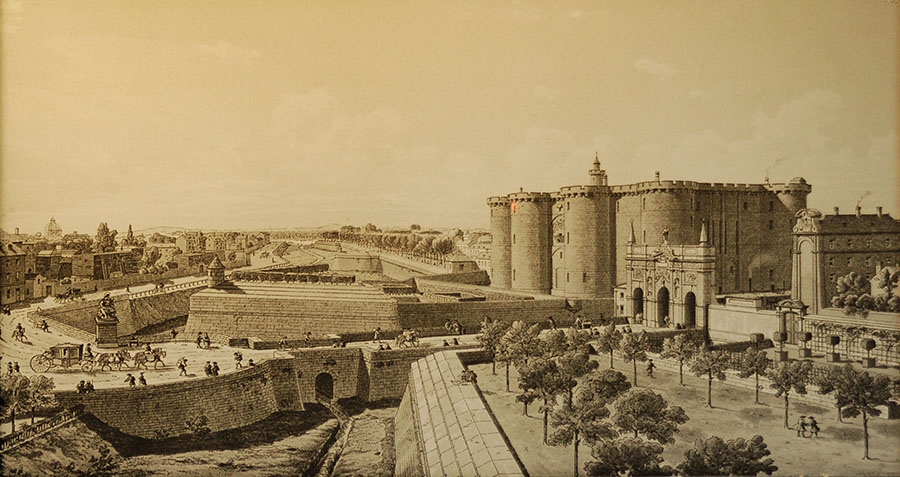
With the passage of time, many additions were made to Bastille for extra protection as the surrounding city of Paris, began to spread out gradually and finally becoming one of the most populous and bigger cities of Europe. Bastille – meanwhile continued to see many confrontations, by virtue of being a royal fortress. The 16th century was marked by clashes between Protestants and Catholic factions, with each side trying to control the castle. The 17th century also saw its share of unrest in the city of Paris & the royal fortress. Diverse groups tried to take control of the castle; which, with its 8 towers and walls of height of 30 metres & adjoining moat of more than 24 metres, provided a formidable advantage to its owner.
It was under Louis XIV, who became King of France in 1643, that the role of Bastille as a prison increased tremendously. 2320 prisoners were totally held in Bastille, between the beginning of Louis XIV rule and his death in 1715 AD. The people incarcerated were not just criminals or rebel, but sometimes were also the people, against whom the king had a personal dislike.
By the second half of 18th century, France was facing problems in multiple fronts. Military misadventures and financial debts had created economic depression. Poor crop harvests & unpopular taxations had brought the ordinary people in verge of starvation, whereas the nobility & clergy faced no such problems. The rising frustration and discontent precipitated the French revolution of 1789. The fortress of Bastille was seen as a symbol of despotic monarchy and was very unpopular with the revolutionary crowds. On 14th July, revolting mob stormed the fortress of Bastille, to take control of a large amounts of weapons and ammunitions stored there (by this time only 7 prisoners were held there). Commander Bernard – Rene de Launay, in control of the fortress/prison refused to hand over the castle, without authorisation from royal administration. In the ensuing confrontation, de Launay was killed & the castle captured by the revolutionaries.
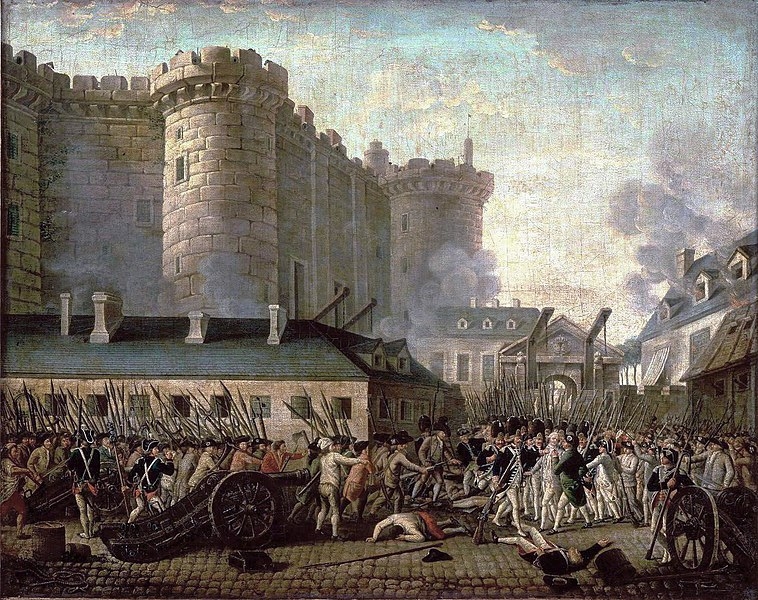
Soon fall of this famous royal fortress, which was equated as a sign of tyrannical monarchy -- became a rallying point for all the revolutionaries. The castle and prison, was describes by the rebels as a place of horror and slavery, with machines for torture and underground dungeons, where prisoners were kept in horrifying conditions. Information of maltreatment & torture of prisoners, held without fair reasons spread like a wildfire around the city – to justify the revolution and the events that followed. Within the next few months, on directions from the new administration, the fortress was totally demolished.
Considered one of the most impossible places to escape from, Alcatraz penitentiary really lived up to its reputation. This penitentiary was on its heyday, one of the most high security federal prisons in United States, and was located in Alcatraz island – which is just 2 kilometres off the coast of San Francisco, California. Now a popular tourist spot, the island has a long history & many interesting anecdotes associated with it.
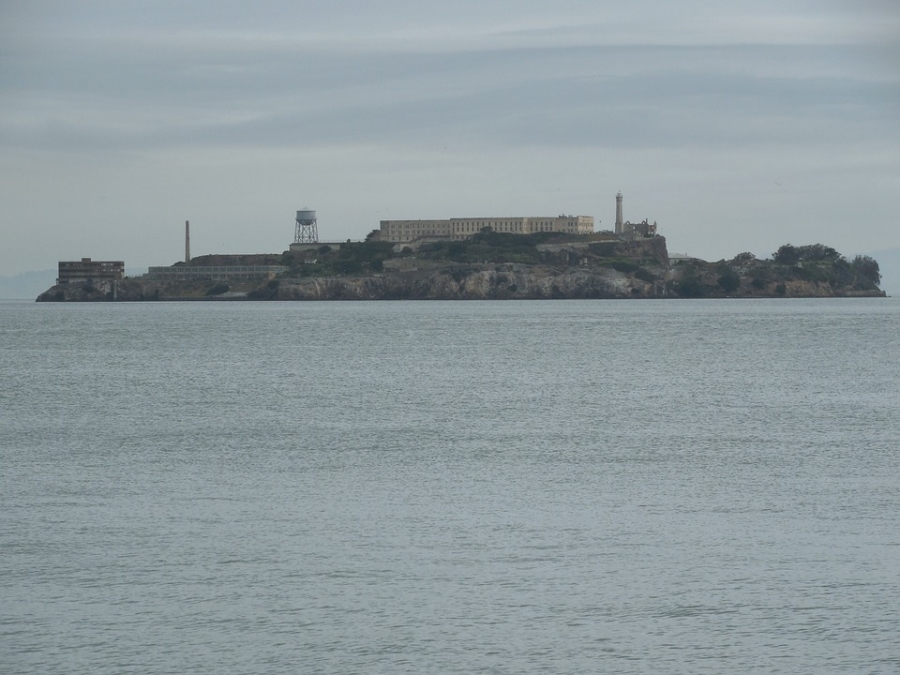
The 22 acre Alcatraz island was first given it’s name by the Spanish explorer – Juan Manuel de Ayala, who called the rocky island, the Island of the Pelicans, or “La Isla de los Alcatraces” in Spanish in 1775 AD. This name eventually became, Alcatraz. The island had the first lighthouse, on the west coast of United States, which was built in 1854. The role of the island as a penitentiary started, with jailing of military prisoners in late 1850s, which continued through the civil war era, when confederate sympathisers & union deserters were held here. Later it was also used to hold up, native Americans and Chinese people, who landed on the wrong side of government interest.
The main building for holding the prisoners were made in 1910 to 1912, at a time when it still served as a military prison for United States Government. Further modernisations were made in the structure, before being changed to a place for incarcerating the most dangerous criminals, of American society in August 1934. With high security and water surrounding the island, it was America’s strongest prison intended for prisoners, who had the potential for creating problems, in other federal prisons. The most notorious criminals of American society were held here and the list included --- Al Capone, George “Machine Gun” Kelly, the birdman of Alcatraz—Robert Franklin Stroud, Micky Cohen, Bumpy Johnson and Alvin “Creepy” Karpis to name a just few.
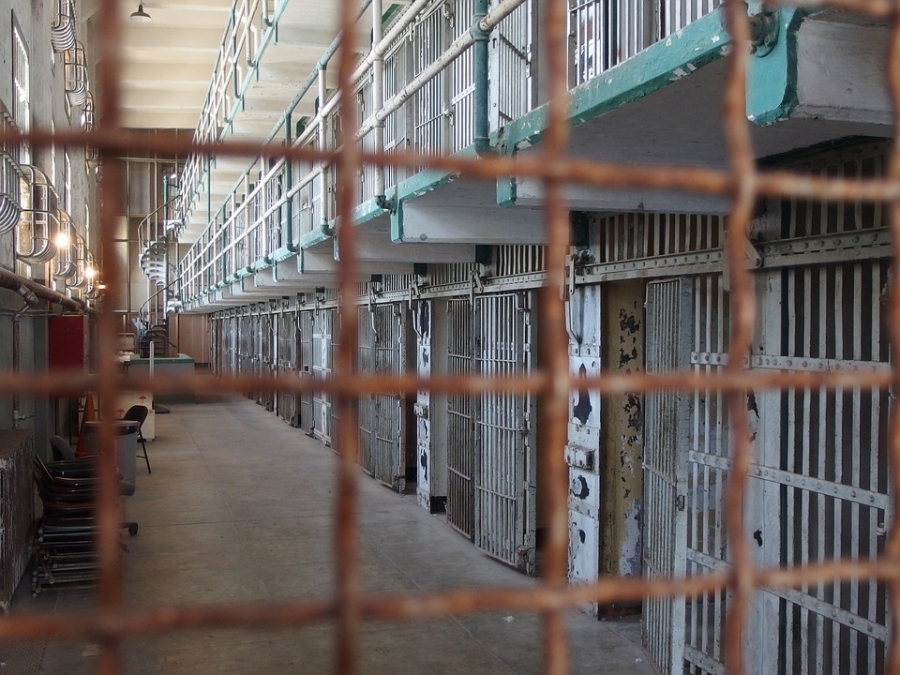
The prison compound, included 4 blocks of Jail ( A/B/C/D) , the wardens office, visitation room , barber shop and the library. The cells were 9 feet long,5 feet wide & 7 feet high and a desk, a bed, a washbasin and toilet. There was racial segregation, with the African American prisoners being held separately. The prisoners and guards, took their food together in dining hall, which with adjacent kitchen was located in extended part of the main building. The island also had a medical facility, with the hospital located above the dining hall.
During a period of approximately 29 years, of functioning as a prison; 1576 prisoners were held in Alcatraz. In spite of being a maximum security prison, 14 escape attempts were made by 36 inmates. However, there were no successful escapes – 23 were caught, 6 were shot dead, 2 were drowned & 5 went missing and were presumed drowned. The most daring escape attempt was the – Battle of Alcatraz, which saw an armed conflict between 6 prisoners & government officials. The final outcome was, the officials successfully quelling the revolt. 3 prisoners and 2 guards were killed & 17 other guards and 1 prisoner were injured. Of the 3 surviving prisoners, who had initiated the escape attempt, 2 were sentenced to death & last one got another life imprisonment by court of law, judging over the escape attempt.
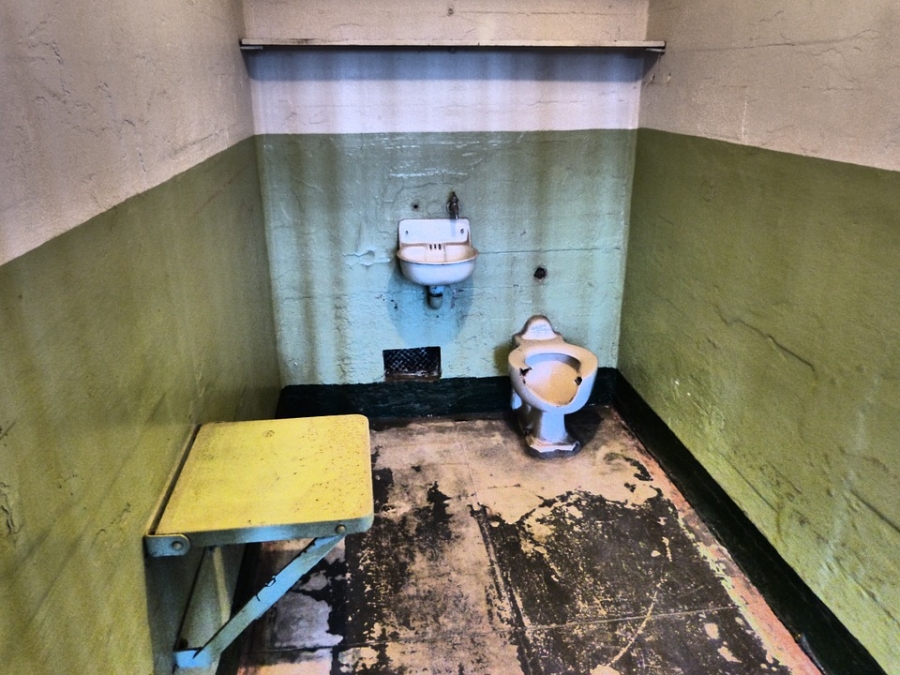
On March 21, 1963 the prison was closed down, due to high costs of running the penitentiary, which was stated to be 3 times more than the cost of maintenance of an average American prison. In November 1969, a group of Native Americans, numbering around 89 took over the island, with the protestors demanding formation of a cultural centre and University at the site. This protest would later would be known as Occupation of Alcatraz. This continued for 19 months, but afterwards the protestors were forcibly removed by the government officials. The island was opened to Public in 1973 as a tourist attraction & at present more than 1 million people visit the place from all over the world to have a look on the place, which once was one of the most feared jailhouse of the world.
Story of the freedom struggle of the largest democracy of the world & the atrocities committed by the British colonial masters is incomplete without mentioning the Cellular Jail or Kaala Pani (Black water) as described by the native population. Situated in Port Blair, capital of Andaman island in Bay of Bengal, this prison was located far away from mainland India and served as the perfect site for the British imperialists to punish, any Indian citizen – who dared to ask for the basic right, to be a free man in a free nation. Many popular Indian freedom fighters were incarcerated here, where they were physically and mentally tortured regularly.
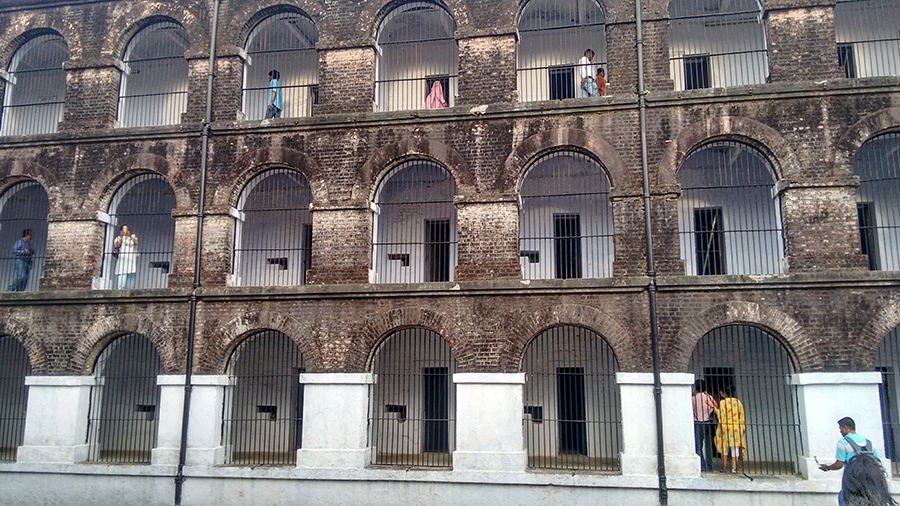
The history of Cellular jail starts from the period of Sepoy mutiny (as described by the British) or first war of independence( for Indian patriots). After violent suppression of the revolution by the British forces in 1858 AD, most of the captured prisoners were butchered by the British army. The remaining few were exiled & imprisoned faraway from mainland India, to Andaman island – for regular humiliation and torture. As the prisoners sent to the Andaman island increased in number, a need for building a large jailhouse complex was felt. The construction of the prison started in 1896 AD. The prisoners already present in the island, provided a free labour for the British empire. Under harsh condition & with ruthless British supervision, the Cellular Jail was constructed by labour, sweat and blood of Indian freedom fighters, who were forced to work like slaves for 13 years, till its completion in 1906 AD.
Solitary confinement in these small cells, 4.5 metres by 2.7 metres (hence the name of cellular jail), in a remote island – hundreds of miles away from Indian mainland, was done to break the freedom fighter’s body, mind & spirit. Everyday morning the inmates were allocated a specified work (as part of their punishment), which had to be completed before the day was over. Failure to do so would invite heavy beating. No rest at the time of hard labour was allowed & even toilet breaks were allowed, only if the prison guards so desired. Constant forced labour under the scorching Indian Sun, with regular physical beating and assault with whips, followed by solitary confinement in small cell at night – brought many close to a nervous breakdown. During the solitary confinement, only 2 small clay pots were provided- one for water and the other for toilet purpose. Frequently the prisoners had to relieve themselves in the floor of this small cell. Physical and mental torture, hunger & loneliness forced many to commit suicide or to lose their mental balance.
As these news trickled to mainland India, the concerns of other freedom fighters for those imprisoned in Cellular jail grew. Mahatma Gandhi and other prominent Indians came into agreement with the British administration in 1937, to bring back these imprisoned freedom fighters back to Indian mainland. In 1942 the control of the island fell into the Japanese hands and in twist of fate British officials & their supporters were put up in the Cellular jail. During this period the famous national hero – Subhash Chandra Bose, hoisted the Indian national flag in this island and declared it as a part of Independent India. Following the end of 2nd world war, the controls returned back into British hands which stayed for the next 2 years, till India’s independence. After Independence the jail was converted into National Memorial open for public viewing and the attached museum demonstrating the dark chapters of Indian freedom struggle.
Attica prison is a maximum security prison present in the town of Attica, New York – USA. It was constructed in 1930 and has been home for many dangerous criminals since then. In 20th century it came into limelight for all the wrong reasons. Surprisingly the reason of this riot stemmed from the fact that the prisoner’s rights were violated or it was what the prisoners believed. The prisoners had lots of complaints, some of which appeared to be very reasonable. The prison was overcrowded, which impaired the daily life of the inmates. The prisoners were allowed a shower just once a week & allotted only one toilet paper roll for the entire month. Insufficient food, lack of medical care & censorship of the prisoner’s letters did not help in any way to reduce the tensions.
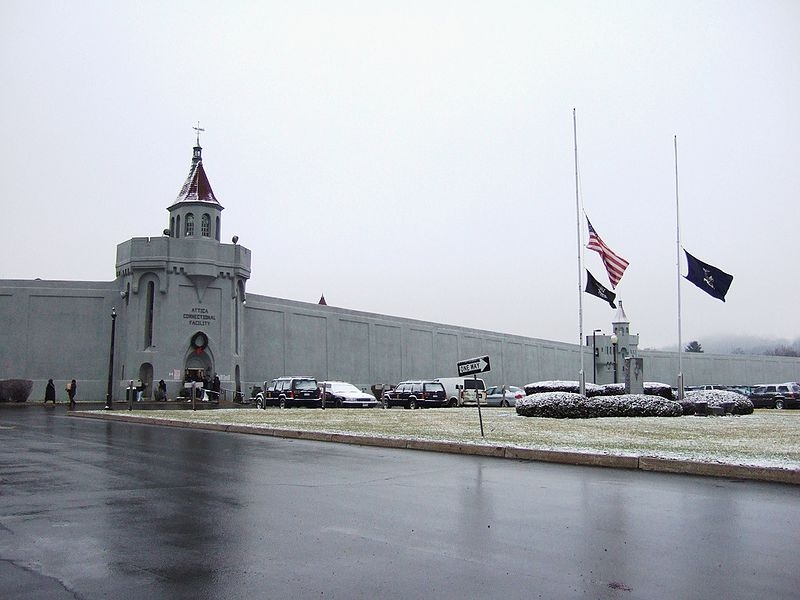
This was a period, when lots of revolutionary changes due to civil rights movement were taking place in United States, which may have encouraged the incarcerated people to fight for their own rights, inside the prison perimeter. The officials at the facility were mostly local people, who had joined for a steady income, which their job provided. They were understaffed and underqualified to hold so many prisoners, many of whom were violent & ruthless. The tension which were gradually building up, flared up on the 9th September 1971.
Clearly there were earlier signs that there was something wrong in the prison, but these were ignored. The commissioner of the police already had received a letter from “Attica Liberation Front” which supposedly represented the prisoners of Attica & mentioned that the prisoners were no longer treated as human beings. The letter also asked the Commissioner to improve the living & working conditions, as well as to improve the medical facilities. These warnings of impending disaster were overlooked and the prisoners continued to suffer harsh treatment and the previously mentioned problems continued.
In the morning of 9th September, a simple misunderstanding created an impression on a group of prisoner’s mind, that they were under threat from the prison guards. This gave rise to assault on the prison guards and snatching of weapons & keys, which engulfed the entire prison. Soon 39 guards and employees were held as hostage in the prison yard. The following four days were spent on negotiation between the government authorities and the prisoners. The negotiations did not reach an amicable settlement, as the prisoners wanted an amnesty for their actions in the riot, something the government was not willing to do.
On day 5 of the standoff (September 13), a decision was taken by government officials to forcibly take back the prison. For this purpose 550 members of the state police department & many sheriff and their deputies from neighbouring counties assembled for charging into the prison compound. The attack was initiated by officials, by a tear gas attack from helicopter flying over the compound, followed by blind firing into the smoke by forces in the ground, who stormed inside. Many inmates who were not involved in the revolt were also shot. Indiscriminate firing and use of force caused death of 29 prisoners and 10 hostages, with 89 others being seriously injured.
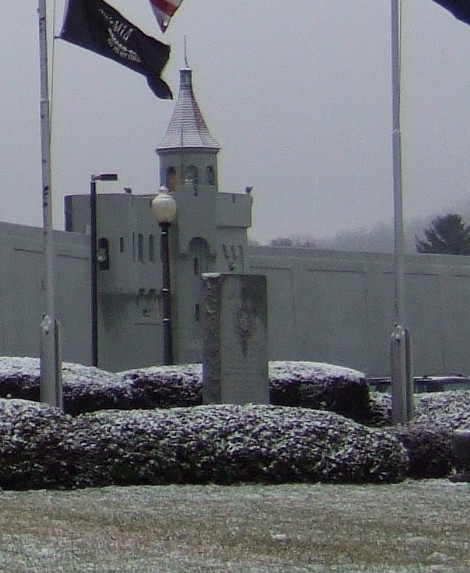
The captured prisoners were tortured badly for many days, after the capture of the prison compound and many injured, were even denied medical facilities. The riots and subsequent government action brought the abuse of human rights, into notice of the world media. As a damage control measure, a pardon was issued to all surviving prisoners implicated in cases pertaining to the riots, in year 1976. In year 2000, the prisoners also won a lawsuit against the state and received $8 million as damages, which was divided among the prisoners, depending on the seriousness of their injury sustained. Unfortunately, these initiatives were never sufficient to compensate the loss of many innocent lives; or condone the violence of the authorities, which clearly had racial bias.
After the mindless mayhem & gory violence described previously, mention of the nicest prison in the world would certainly be a welcome change. Described as the “Norwegian prison that works” it is also considered by many as “the worlds nicest prison”. This prison, like many described previously is also situated in an island, the only difference being that it is a minimum security prison, with much less restrictions. The 1 square mile sized island is located 75 kilometres south of the Norwegian capital of Oslo. The 115 prisoners in the island are under the supervision & care of a team of 70 members, including the governor of the prison. However, in the night-time only 5 members of the team, stay in the island.
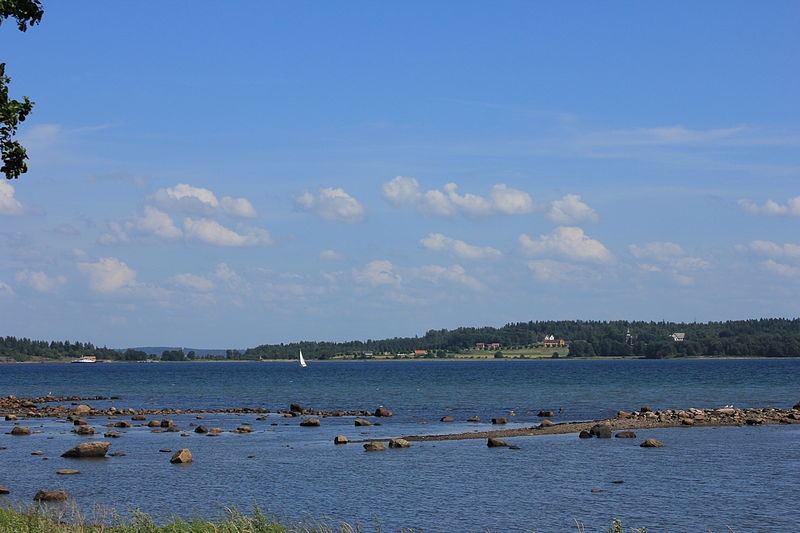
The inmates of this prison are brought here for variety of charges; ranging from drug trafficking to rape and murder, but the way they are treated is radically different than other places. With no armed guards or barriers, this lush green island resembles a holiday resort more, than a regular penitentiary. The prisoners retain the keys to their room, sunbathe in the beach, enjoy fishing , play tennis or enjoy a dip in the sauna; in their free time. The residential areas for inmates are also very different from the other jails, where prisoners are kept in small cells which are always overcrowded. Prisoners here, stay in beautifully painted wooden cottages or in a big mansion in a hill. The food menu that is offered, can put a good restaurant to a shame.
Prisoners are allowed to bring TV sets when they are sentenced for their crimes. The attire for both the prisoners and guards are informal and variable, according to their own personal choice. This does not mean that, the life in Bastoy is all play & no work. The inmates are busy working, in the jobs allotted to them from 8.30 AM in morning to 3.30 PM in afternoon. These jobs may vary from farming, gardening, felling trees & cutting them into smaller pieces for use as firewood, transporting goods from one place to another, caring for horses (& other animals) and maintaining island facilities. Some inmates work in the kitchen, & also serve dinners to the residents. There are no hawk eye supervision of these inmates, manually or by any other technical means. In their free time the inmates have the option of visiting church, library, school, gym and the beach. Options for horse riding, playing football & tennis and fishing are also available. For the more adventurous, skiing in winters is also a possible option.
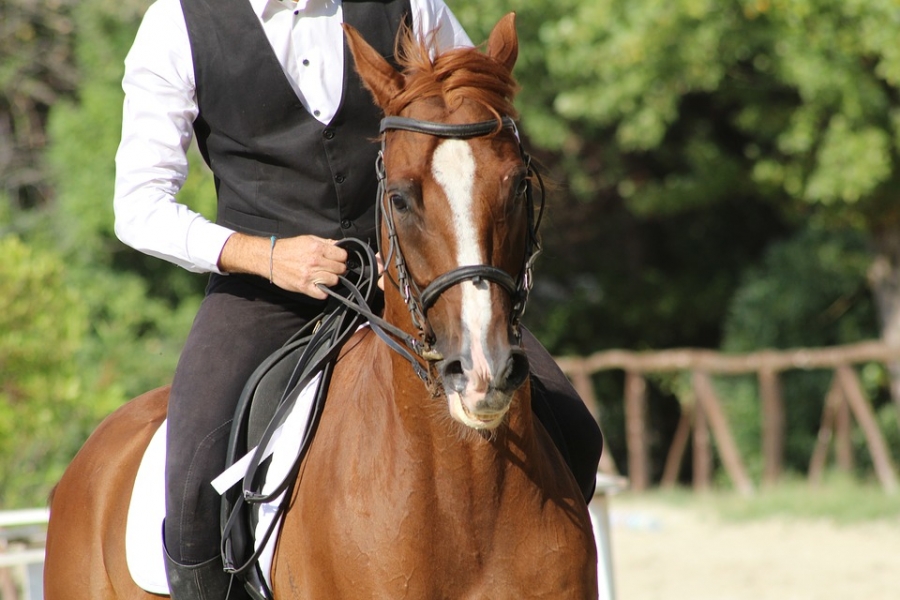
This prison’s target is to make the inmates self sufficient members of a civilized society. The prisoners receive a salary of $10 (approx.) per day (for their work) that along with other monthly allowance of $125 is used, to buy stuff from a local shop to prepare breakfast and lunch in kitchens, by themselves. Facilities to provide certain vocational training and education to inmates are also present, so after securing their release, they can get an honest job. Many times for this reason, some of them are also permitted to go to the mainland , for attending classes and for other work, but with the faith that they will come back on their own free will.
There are very few official measures which reminds the inmates that they are in jail. These include reporting at regular intervals to authorities (to confirm their presence in the island), staying away from friends and family & presence of 5 unarmed guards at night, for monitoring the facility (where more than a hundred criminals stay).
The goal of this prison is to change the nature of the inmates, by treating them with dignity, that every human life deserves. Inmates are never chained (even when working or venturing outside) and guards do not carry weapons. This trustworthy behaviour encourages a responsible behaviour from the side of the inmates. The additional comforts also serve as a perk, for the inmates to go back to a disciplined life of a civilized society.

Compared to average European statistics, where almost 70% prisoners after being released from prison, go back to a life of a crime; in Bastoy prison this rate is much lower – around 16%. In spite of criticism for liberal behaviour that this prison gets from time to time from experts of other countries, the officials here still believe in the inherent goodness of the human nature; even from people whose past life has demonstrated otherwise.
Many people after reading the article may believe that many other important prisons may have been left out of the article. In this context it is important to understand that mankind’s desire for freedom & instinct for violence, is a tale as old as time. So it would be obvious that every prison and their inmates, would be having a story, worth telling and which would reflect the trials and tribulations faced by these inmates, who may or may not have deserved, their harsh punishment. Unfortunately it is not possible to describe all of them. The prisons chosen here, just reflects on the fact, that in spite of separation by time or distance, the challenges and aspirations of a human soul stays the same. Many times the freedom to breathe fresh air under the sky, that we take as granted, is a luxury denied to many unfortunate people – who are incarcerated in the limited cells of the Prisons, spread throughout the globe.